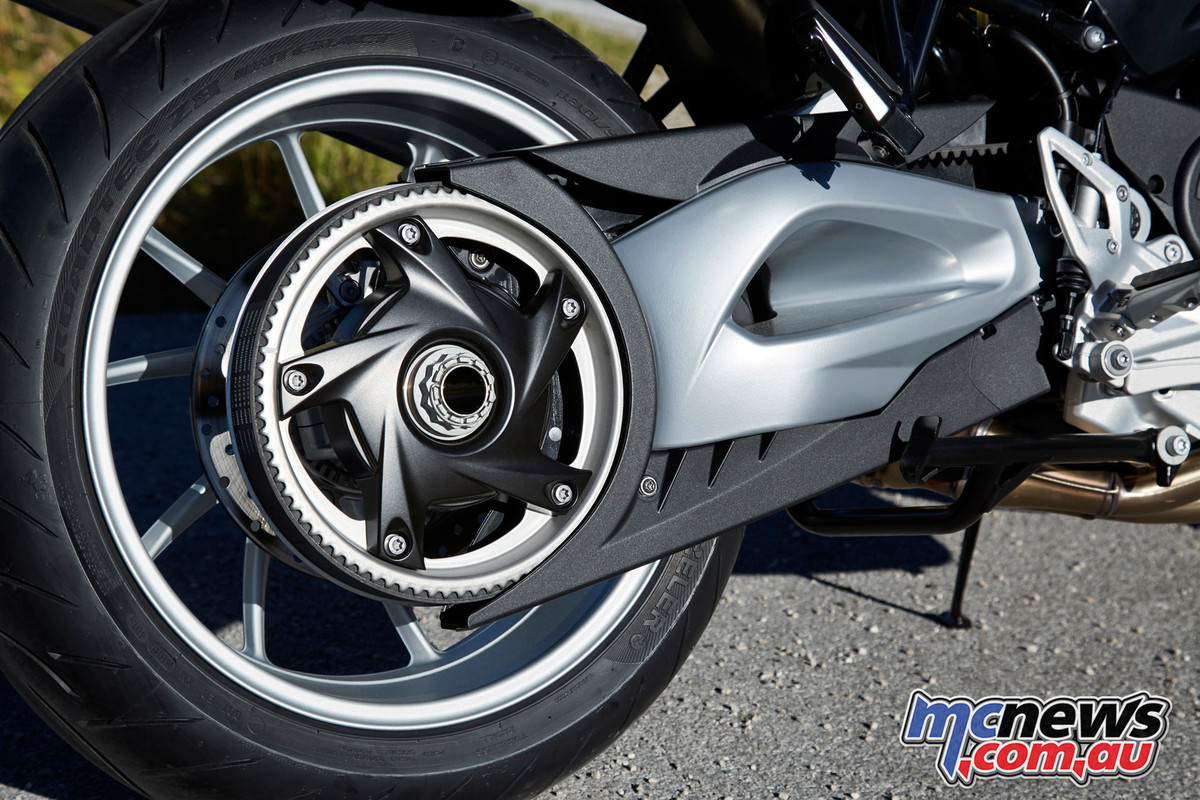One could always put bags and a skid plate on an $800 Honda CX500 Deluxe and have nearly everything.
Shaft drive, liquid cooling, big tank, comfy seat, tubeless tires, ease of maintenance, reliability ...
Seriously, it’s a shame you can’t buy something like that new anymore!
I doubt it will happen, but if the rumored 700-800cc Africa Twin has a shaft drive, boy that would make it just about the perfect bike in my book. Meanwhile, chains it is, and it’s not a bad compromise at all.



